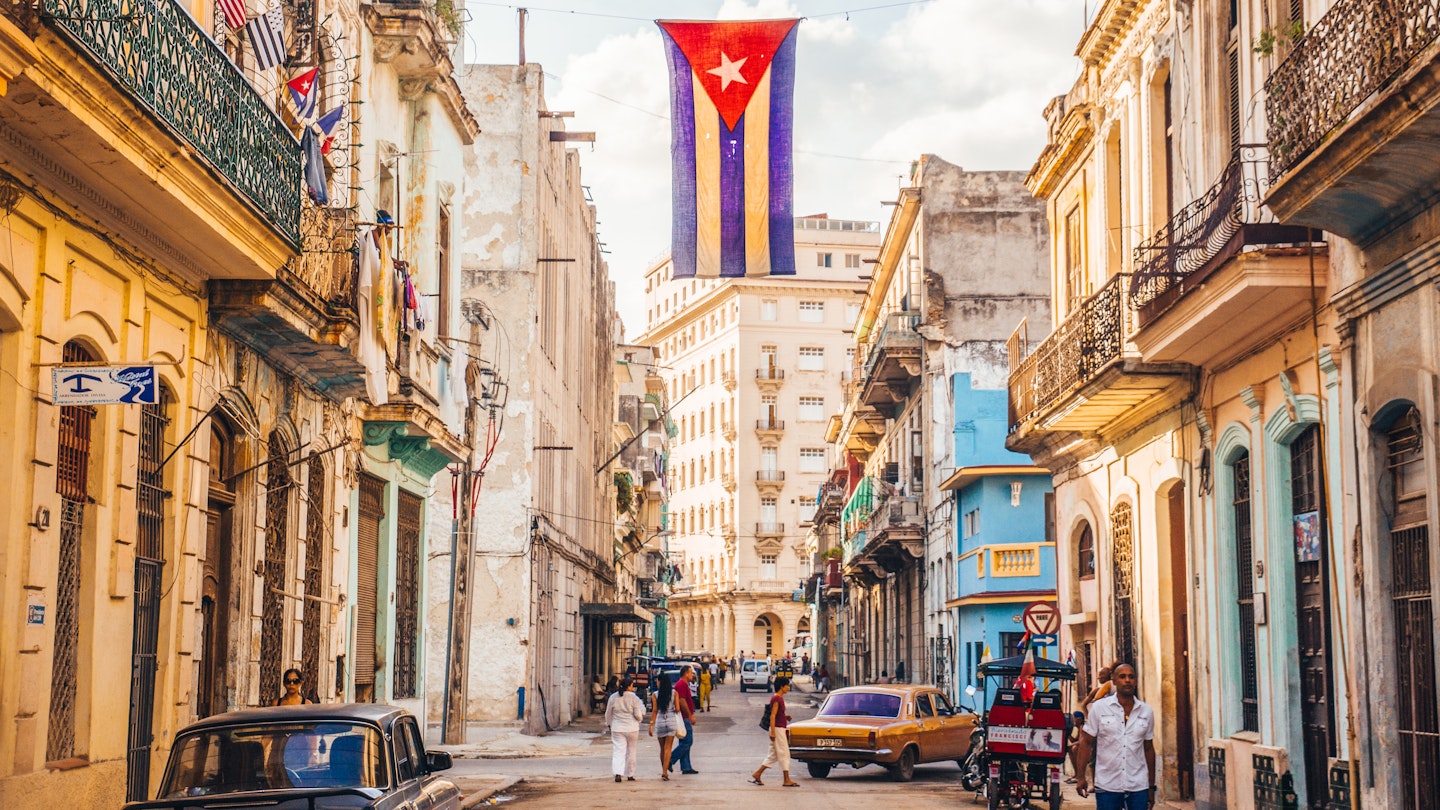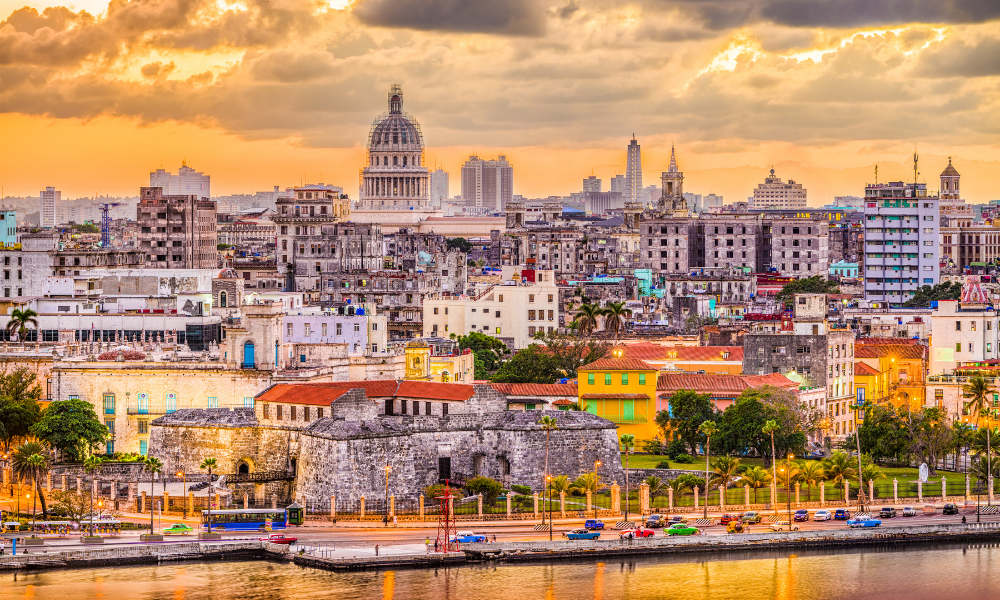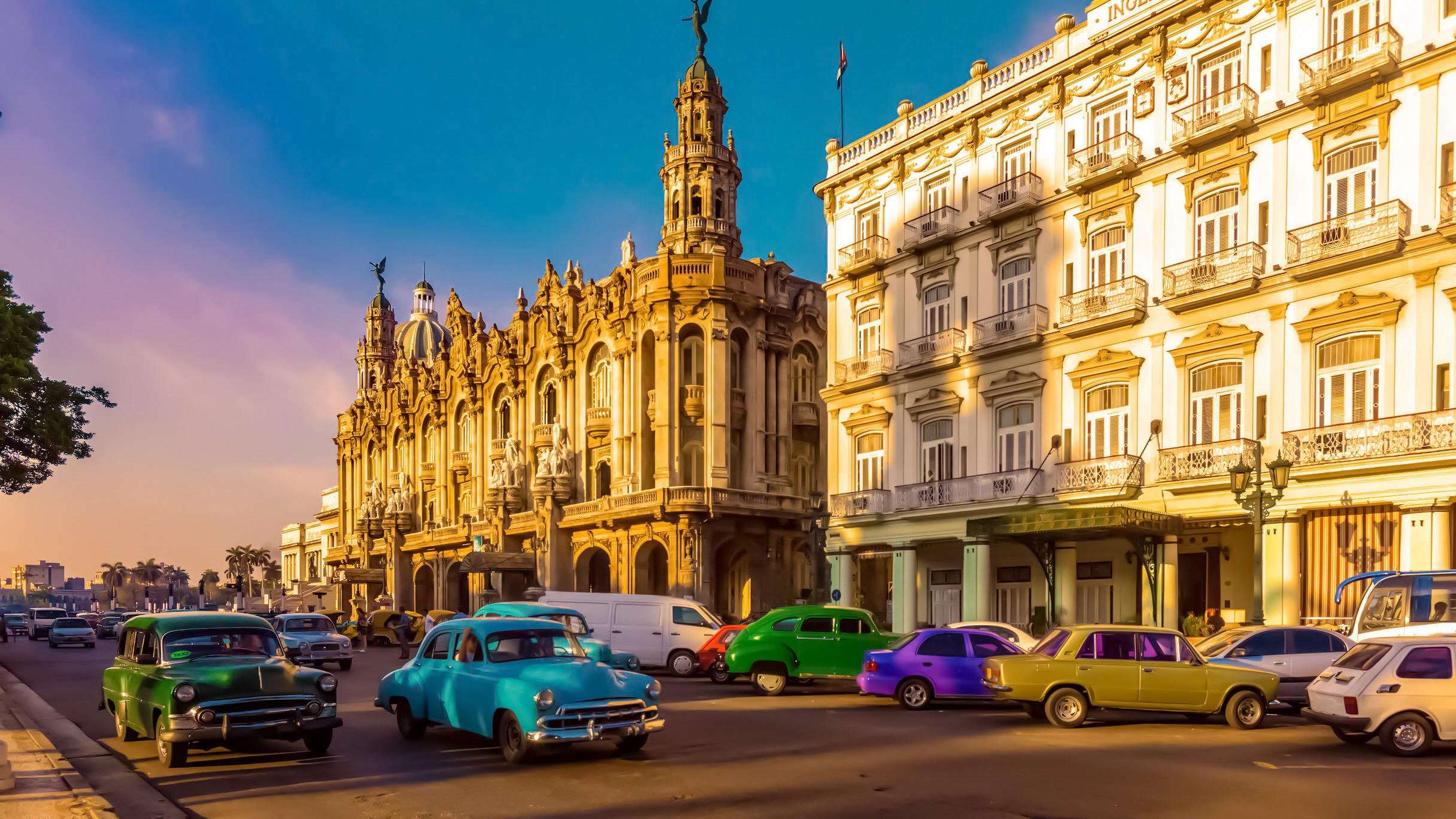Cuba: A Tapestry of History, Culture, and Resilience
Introduction:
Cuba, a Caribbean gem nestled between the Gulf of Mexico and the Atlantic Ocean, is a land of vibrant culture, rich history, and remarkable resilience. From its colonial past to its revolutionary present, Cuba has endured centuries of triumphs and tribulations, shaping its unique identity and captivating the world with its allure. In this article, we delve into the multifaceted tapestry of Cuba, exploring its history, culture, economy, and the enduring spirit of its people.
Historical Legacy:/https://tf-cmsv2-smithsonianmag-media.s3.amazonaws.com/filer/ed/31/ed31918d-e153-483f-9e78-769460bc6500/cuba-old-havana.jpg)
Cuba's history is a complex tapestry woven with threads of indigenous heritage, European conquest, African influence, and revolutionary struggle. The island was inhabited by indigenous peoples such as the Taíno and Ciboney before the arrival of Christopher Columbus in 1492, marking the beginning of Spanish colonization. For centuries, Cuba served as a strategic hub for Spain's colonial ambitions, fueled by sugar plantations and the brutal exploitation of African slaves.
The 19th century brought waves of change to Cuba, from the failed Ten Years' War for independence to the abolition of slavery in 1886. However, it was not until the 20th century that Cuba's destiny would be forever altered by revolution. In 1959, Fidel Castro and his guerrilla fighters overthrew the Batista regime, ushering in a new era of socialist governance and geopolitical tension with the United States. The Cuban Revolution transformed Cuba into a focal point of Cold War politics, leading to the Bay of Pigs invasion and the Cuban Missile Crisis, events that left an indelible mark on global history.
Cultural Mosaic:.jpg)
Cuba's cultural landscape is as diverse and vibrant as its history. Influenced by Spanish, African, and indigenous traditions, Cuban culture is a melting pot of music, dance, cuisine, and art. Music pulses through the streets of Havana, from the soulful melodies of traditional son and bolero to the infectious rhythms of salsa and rumba. Icons like Buena Vista Social Club and Compay Segundo have captivated audiences worldwide, embodying the spirit of Cuban music and its enduring legacy.
Dance is another cornerstone of Cuban culture, with styles like the sensual dance of the rumba, the elegant movements of the cha-cha-cha, and the fiery passion of the mambo captivating audiences on stages and in dance halls around the world. Cuban cuisine tantalizes the taste buds with its blend of Spanish, African, and Caribbean flavors, from hearty stews and succulent roast pork to savory rice and bean dishes.
Artistic expression flourishes in Cuba, from the colorful murals adorning city streets to the masterpieces housed in prestigious galleries like the Museo Nacional de Bellas Artes. Cuban artists like Wifredo Lam and Amelia Peláez have left an indelible mark on the world of visual arts, blending traditional techniques with modern sensibilities to create works that reflect the complexity of Cuban identity.
Economic Realities:
Despite its cultural richness, Cuba faces significant economic challenges stemming from decades of isolation, embargoes, and central planning. The collapse of the Soviet Union in 1991 dealt a severe blow to Cuba's economy, leading to a period of hardship known as the "Special Period," characterized by food shortages, rationing, and economic austerity. In recent years, Cuba has sought to diversify its economy through reforms aimed at attracting foreign investment, promoting tourism, and revitalizing key industries such as agriculture and biotechnology.
However, progress has been slow, hindered by bureaucratic hurdles, infrastructure deficiencies, and the enduring legacy of U.S. sanctions. The normalization of relations between Cuba and the United States under the Obama administration offered hope for economic reform and reconciliation, but the Trump administration rolled back many of these measures, exacerbating tensions and deepening Cuba's economic woes.
Resilient Spirit:
Despite its economic challenges, Cuba's greatest asset is its resilient spirit, embodied by its people who have weathered centuries of adversity with grace and determination. From the farmers tilling the soil in the countryside to the artists painting vibrant murals in the streets of Havana, Cubans are united by a shared sense of pride, resilience, and hope for a better future.
In the face of adversity, Cuba has demonstrated remarkable ingenuity and resourcefulness, from its world-renowned healthcare system to its pioneering biotechnology sector. Cuban doctors and medical professionals have earned international acclaim for their contributions to global health, from combating infectious diseases in Africa to providing disaster relief in the aftermath of natural disasters.
The future of Cuba holds both challenges and opportunities. As the island nation cautiously opens its doors to the world, there is potential for economic growth, cultural exchange, and social progress. However, the path forward is fraught with uncertainties, from the impact of global trends like climate change and technological disruption to the lingering effects of political tensions and economic sanctions.
One of the key challenges facing Cuba is the need to strike a delicate balance between preserving its revolutionary ideals and embracing the realities of a rapidly changing world. The government's efforts to reform the economy and attract foreign investment must be accompanied by measures to protect the social gains of the revolution, including universal healthcare, education, and social welfare programs. Moreover, Cuba's transition to a more open and market-oriented economy must be inclusive and equitable, ensuring that all segments of society benefit from economic growth and development. This requires addressing longstanding inequalities, empowering marginalized communities, and fostering a culture of innovation and entrepreneurship.
Moreover, Cuba's transition to a more open and market-oriented economy must be inclusive and equitable, ensuring that all segments of society benefit from economic growth and development. This requires addressing longstanding inequalities, empowering marginalized communities, and fostering a culture of innovation and entrepreneurship.
At the same time, Cuba must confront pressing environmental challenges, from rising sea levels and coastal erosion to deforestation and biodiversity loss. As a vulnerable island nation, Cuba is particularly susceptible to the impacts of climate change, which threaten to exacerbate existing vulnerabilities and undermine sustainable development efforts.
To address these challenges, Cuba must adopt a comprehensive approach to environmental stewardship, including investments in renewable energy, sustainable agriculture, and coastal resilience. By harnessing its natural resources and embracing green technologies, Cuba can not only mitigate the impacts of climate change but also position itself as a global leader in sustainable development.




































